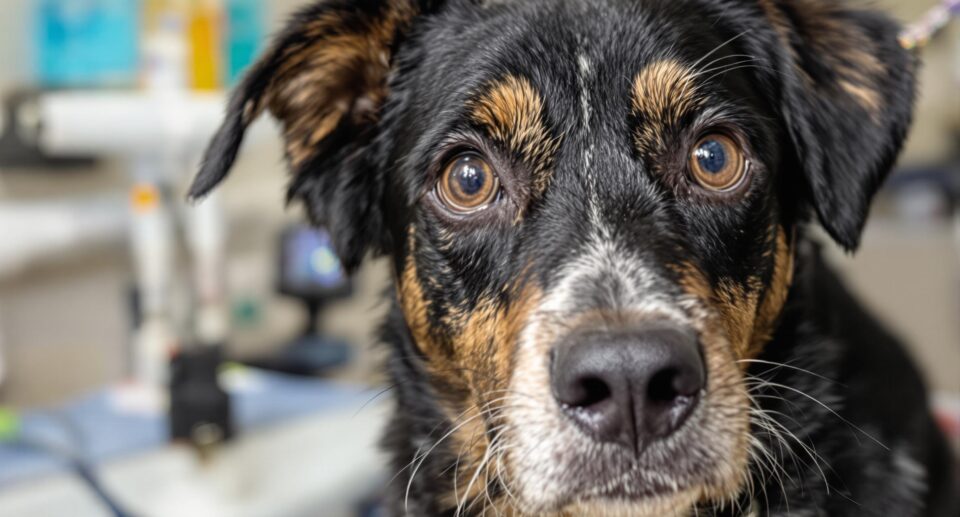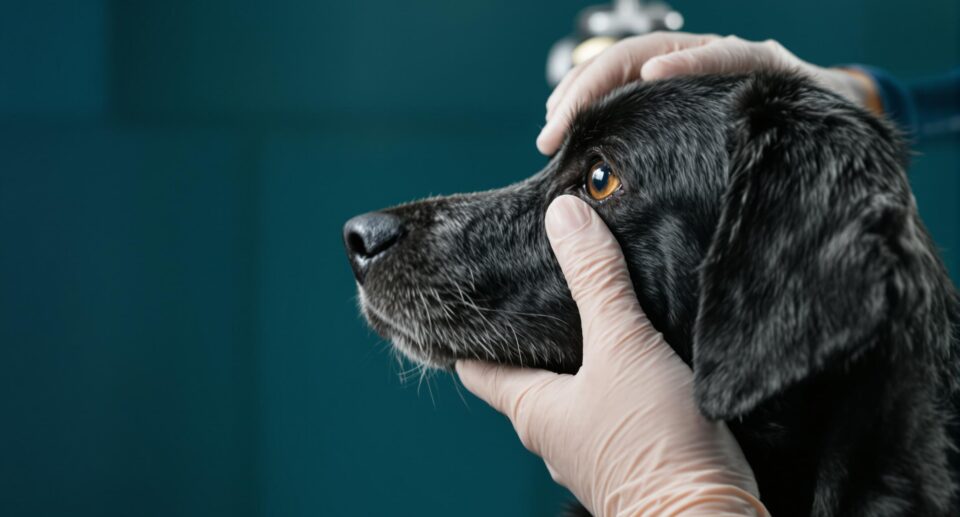Which Antibiotics Can Dogs Take?

There are four types of microorganisms that can cause infection in or on your pet’s body. These tiny microbials include bacterium, viruses, fungi, and protozoa. Your veterinarian typically determines what type of pet antibiotic medication to prescribe only after making a diagnosis and determining what type of organism is causing the problem.
The pet antibiotic you should use to treat your furry companion depends on which organism you’re fighting and how the medication works in your pet’s body.
Bacterial infections
Bacteria invades your pet’s body in any number of ways: through open wounds, in something your pet eats, or just by cohabiting in the same environment as your pet. They come in different shapes and sizes, and it is those physical characteristics that help your veterinarian determine which bacteria are infecting your animal. Responsible for gastroenteritis, pneumonia, skin infections, urinary tract problems, and a host of other diseases, these tiny, one-celled organisms can multiply unchecked in your pet’s body without the intervention of antibiotics.
How do antibacterials work?
Bacterial antibiotics work to destroy the offending cells while leaving your pet’s healthy cells intact. Depending on the medication, an antibiotic might inhibit the bacterium’s ability to construct cell walls, thus destroying its ability to reproduce. An antibiotic can also starve the bacterium by stopping its ability to transform glucose into energy, a major function of all living cells.
Common antibiotic medications for pets include:
- Enrofloxacin (Baytril) – respiratory, skin, and urinary tract infections
- Amoxicillin/Clavulanic acid (Clavamox) – wounds, respiratory infections, skin infections
- Metronidazole (Flagyl) – gastrointestinal upsets, periodontal disease
- Clindamycin (Antirobe) – bacterial, soft tissue, bone, and dental infections
Viral infections
Viruses are the organisms responsible for canine distemper, canine parvovirus, feline herpes, and the feline calici virus, as well as a myriad of other diseases that can make your pet very ill. These parasites can multiply only inside the living cells of other organisms and are so tiny they are estimated to be one-hundredth the size of the average bacterium.
How do anti-virals work?
Anti-viral drugs cannot destroy the virus. They work instead by inhibiting growth and ability to reproduce, thus causing the viral infection to die away of its own accord. While there are no anti-viral drugs in common use in veterinary medicine, most veterinarians opt to treat all of the secondary bacterial infections that can occur with a viral disease in an effort to keep your pet comfortable until the virus leaves the animal’s system.
Anti-viral medications for pets include:
- Acyclovir (Zovirax) – some herpes virus infections
Fungal infections
If your pet has had ringworm, skin, or ear yeast infections, or the more serious and deadly blastomycosis, then you know your furry companion was infected with a fungus. Fungi are microscopic organisms related to yeasts, molds, and the more ubiquitous mushroom. They live by ingesting the building materials of your pet’s cells, destroying growing tissue, and feeding on the waste materials of dying cells.
How do anti-fungals work?
Most anti-fungal pet antibiotics are designed to destroy the fungi’s cell walls, allowing the parasite to die and the surrounding tissue to rejuvenate.
Common anti-fungal antibiotics for pets include:
- Griseofulvin (Fulvicin) – ringworm infections
- Ketoconazole (Nizoral) – internal and external fungal infections, Cushing’s disease
- Fluconazole (Diflucan) – skin, yeast, and ringworm infections
- Amphotericin B (Fungizone) – histoplasmosis and blastomycosis infections
Protozoal infections
Protozoa are micro-organisms that feast on nutrients provided in your pet’s body by either totally engulfing the food produced by the animal’s digestive system, or sweeping it into their “mouth pores.” Covered in hair-like structures called “cilia,” protozoa constantly move around your pet’s cellular structures to gain as many nutrients as possible in order to reproduce. These tiny parasites are accountable for major gastrointestinal tract disorders like Coccidiosis and Giardiasis, and the blood disease Haemobartonellosis, which can prove fatal.
How do anti-protozoals work?
Some anti-protozoal pet antibiotics work to kill the microorganisms in your pet’s body by damaging its DNA, and by inhibiting cell growth and reproduction so that the infection resolves as the protozoa die off. Other pet medications kill the protozoa outright.
Three common pet antibiotics used to combat protozoal infection include:





